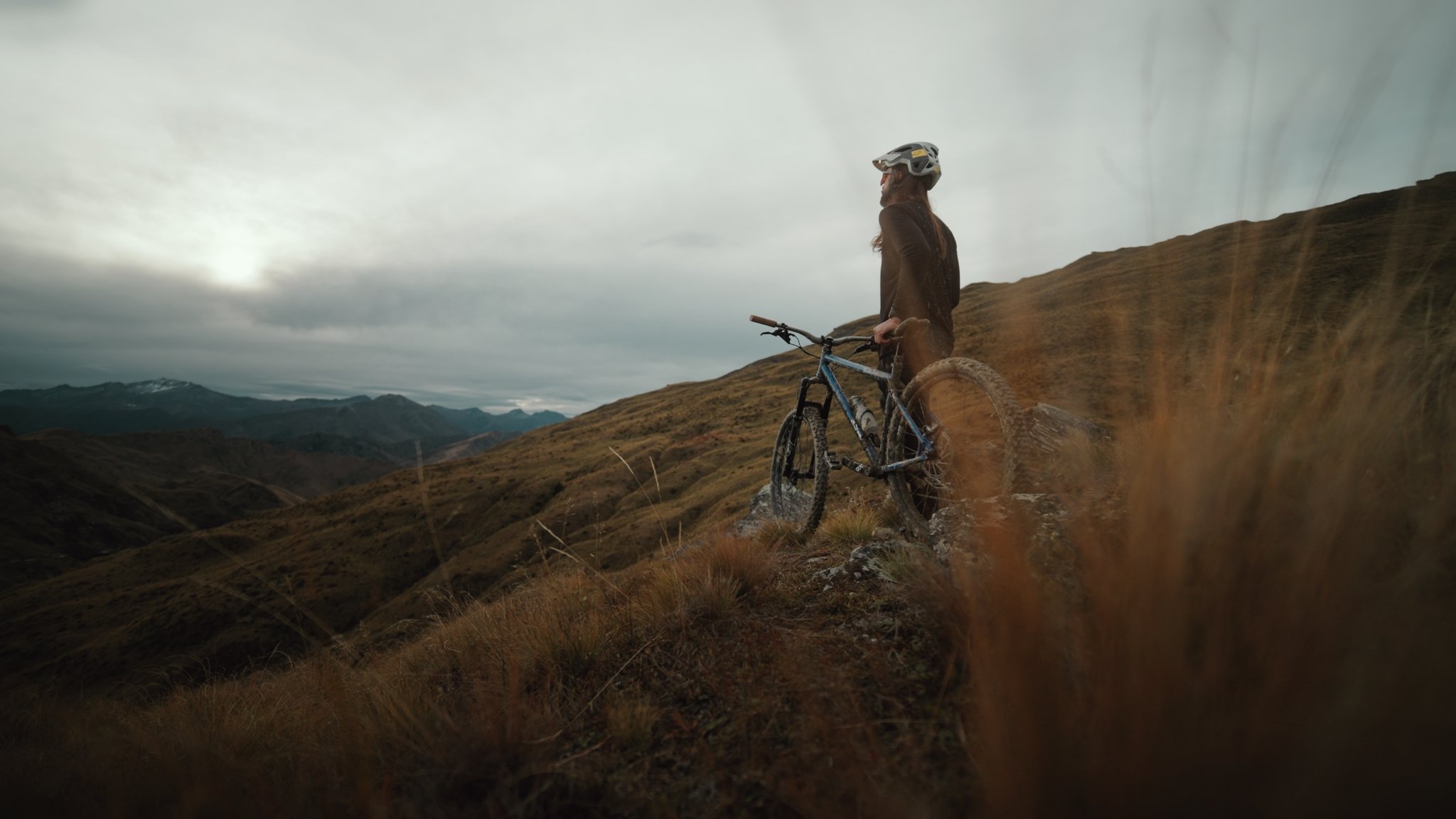IN THIS LESSON
Every great video starts with an idea.
In pre-production, you lay the foundation for your cinematic journey, crafting your concept from initial inspiration to a well-defined plan. Inspiration can come from anywhere, whether it's graffiti-covered walls in Paris or a captivating landscape. Once inspired, develop your concept, storyboard your ideas, and craft a compelling script.
Location scouting, casting, budgeting, and pre-visualization are all essential steps in pre-production. This phase is where your cinematic vision takes shape and sets the stage for a successful video production. Stay tuned for the course as we'll dive into the next phases of bringing your concept to life through the lens.
Before the camera rolls, the lights illuminate, or you even step out the door, every great video begins with an idea. Welcome to the captivating world of pre-production, the foundation of your cinematic journey. In this blog, we will explore the art of crafting your video concept, from the seed of inspiration to the well-defined plan that paves the way for captivating visuals and storytelling.
Inspiration:
Inspiration can strike at any moment. It might be a breathtaking natural landscape, a compelling life story, or a simple yet profound idea that ignites your creativity. I remember being eighteen, walking the streets of Paris with a modest camera and only a basic grasp of French, limited to simple greetings and farewells. I was in journalism school, listening to seasoned storytellers recount tales of epic wars and the clandestine smuggling of film rolls from obscure corners of the world.
Here I was, young and fresh off the plane, seeking something with heart. Paris is a city of romance, not heart. To find authentic stories, you must leave the city and venture into its outer neighborhoods, where the French tend to conceal their problems. Amid the unfamiliar surroundings, I found myself gazing at graffiti-covered walls, which led to a year-long project that took me across France, into dark subway tunnels, the Parisian underground, and gatherings of artists. What I'm trying to convey is that inspiration can originate from unexpected places, even from the act of observing walls.
Concept Development:
Once you've harnessed your inspiration, it's time to develop a concept. What story do you want to tell? What emotions or messages do you aim to convey to your audience? Consider your target audience and how they will connect with your story. Will it be a product showcase, a documentary, or a promotional video? Define the purpose of your video. I find that, particularly when starting out, it's often best to grab a small notebook and pen, keep it in your pocket, and explore your interests. Write down ideas as they come to you, but most importantly, get out there and shoot. This will help you learn the technical aspects much faster.
Storyboarding:
When you're ready to plan longer-form videos, a critical part of the pre-production process is storyboarding. Visualize your concept by sketching scenes, angles, and key shots. This is your opportunity to bring your idea to life on paper and start shaping the visual narrative. Below, I'll provide an example I created for a coffee shop shoot. At the time, I had a fascination with motorcycling and wanted to incorporate it into the concept, which revolved around the idea of the morning ride.
Scriptwriting:
For videos with dialogue or narration, scriptwriting is essential. Craft a compelling script that aligns with your concept. Ensure that your dialogues are engaging and your narration is clear and impactful. If it's a documentary-style video, consider interviews and research. I'll delve more into this topic in future blogs.
Location Scouting:
The choice of location can significantly influence the look and feel of your video. Scouting locations that match your concept is crucial. Ensure that the chosen locations are accessible, safe, and align with your vision. The best part about this is that it's fun. You can bring a friend or explore alone, grab a cup of coffee, and wander around. A pro tip is to use your phone to take photos of each location, which will help you remember potential shots and save you time.
Casting:
If your video involves actors or presenters, casting is an important step. Find individuals who embody the characters or personalities you've defined in your concept. Hold auditions and select the best fit for your project. You can even ask friends; I still do this even for bigger shoots!
Budgeting and Planning:
Pre-production also involves creating a budget for your project. Consider equipment, crew, transportation, and any other costs associated with your video. Create a detailed shooting schedule and plan the logistics of your production. This will help you avoid overspending. Seriously, having a budget, even if it's just considering gas prices, will prove invaluable in the long run.
The Power of Pre-Visualization:
Pre-visualization tools, such as mood boards and mock-ups, can help solidify your concept and communicate your vision to your team. Use these tools to convey the desired visual style and aesthetic.
Pre-production is where the magic truly begins in the world of videography. It's the birthplace of your cinematic concept, the moment your vision transforms from an idea into a tangible plan. Take your time, nurture your inspiration, and allow your creativity to flow. The success of your video depends on the strength of your pre-production efforts.
In the next blog post, we'll delve deeper into each phase of video production, exploring how to bring your well-crafted concept to life through the lens. Stay tuned for more insights and guidance on your videography journey.

![[ Rees Gibbons ]](http://images.squarespace-cdn.com/content/v1/5e8cab02b8db4c263792b77c/1599786499914-BIT4V20AFX5LCER9NRBD/RGMediaHouse_Logo_White_RGB_540px%40300ppi.png?format=1500w)
